Introduction
Couscous, a staple in North African cuisine, has intrigued food enthusiasts worldwide with its unique texture and versatility. But what exactly is couscous made of, and how does it fit into various culinary traditions? This article delves into the ingredients that make up this dish, explores its different types, and provides insights into its nutritional profile. We’ll also guide you through cooking methods, discuss its role in various dishes, and address common questions about this fascinating food. Whether you’re a seasoned cook or a curious foodie, this comprehensive guide will enrich your understanding of this North African staple.
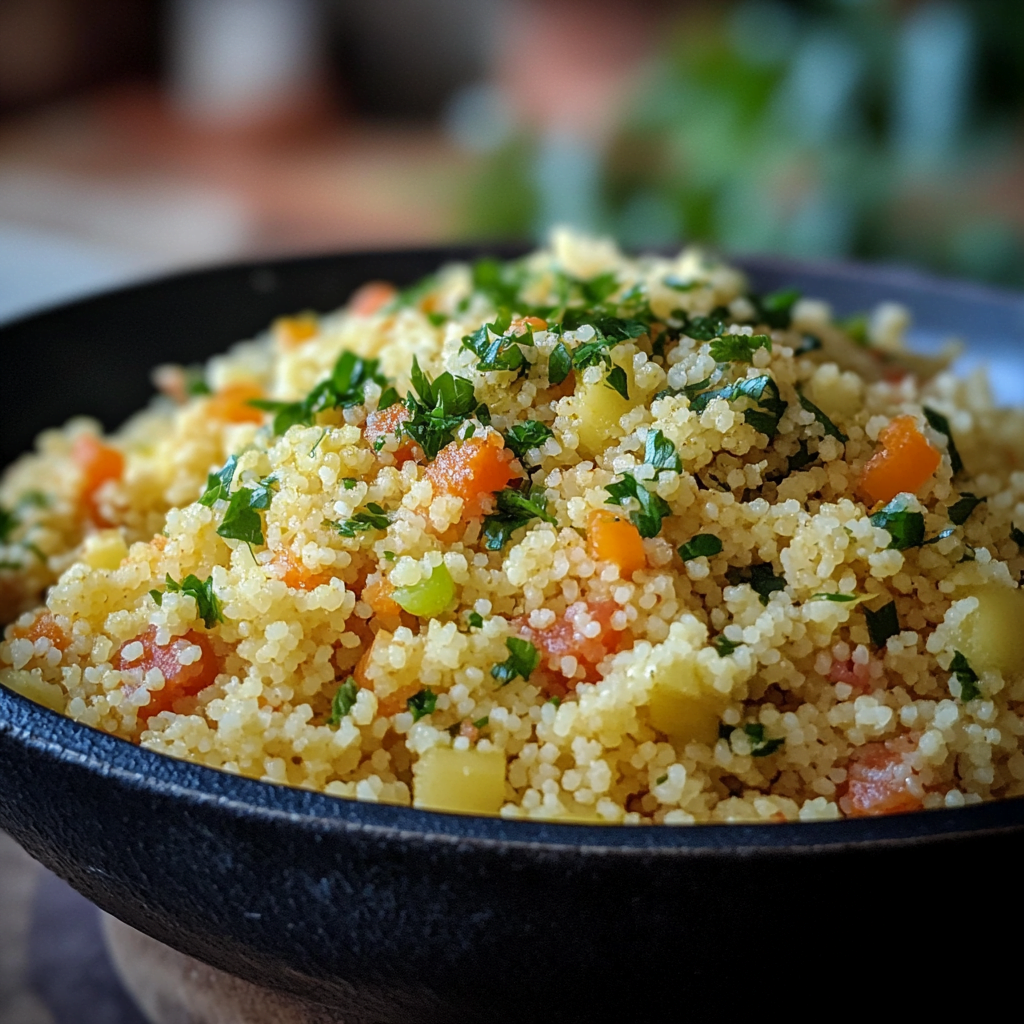
Introduction to Couscous
Couscous is more than just a side dish; it’s a cultural icon in many North African countries. Originating from regions like Morocco, Algeria, and Tunisia, this dish has become a beloved part of global cuisine. But what makes it so special?
This North African staple traditionally uses semolina flour, a coarse type of flour derived from durum wheat. This choice gives couscous its distinct texture and flavor, setting it apart from other grains and pastas. To make this dish, cooks mix semolina with water to form small granules, which they then steam to perfection. This simple yet ingenious method has passed down through generations, preserving the authentic taste and texture that couscous is known for.
In North African culture, families often serve couscous as a communal dish, symbolizing hospitality and togetherness. Cooks typically pair it with a variety of stews, vegetables, and meats, making it a versatile base for countless recipes. Whether you enjoy a traditional Moroccan tagine or a modern couscous salad, this humble grain brings people together.
But couscous isn’t just about tradition; it’s also about innovation. In recent years, chefs and home cooks alike have embraced this dish for its adaptability, using it in everything from salads to desserts. Its mild flavor allows it to absorb the essence of the ingredients it’s paired with, making it a perfect canvas for culinary creativity.
For those interested in exploring the world of couscous, understanding its origins and cultural significance is the first step. As we journey through this article, we’ll uncover the secrets behind what makes this dish so beloved and how you can incorporate it into your own cooking repertoire. So, let’s dive in and discover the magic of couscous!
What is Couscous Made Of?
This North African staple, often mistaken for a grain, is actually a type of pasta made from semolina flour and water. This simple combination forms the foundation of this dish, giving it its unique texture and flavor. Let’s break down the basic ingredients that make this dish what it is.
Semolina Flour

At the heart of couscous is semolina flour, a coarse flour made from durum wheat. This type of wheat is known for its high protein content and firm texture, which is why it’s commonly used in pasta production. Semolina gives this North African staple its characteristic nutty flavor and slightly chewy texture, making it a delightful base for a variety of dishes. The use of semolina also means that this dish is not gluten-free, a consideration for those with dietary restrictions.
Water
Water is the other essential ingredient in this North African staple. It acts as a binding agent, helping to form the semolina into small granules. The process involves sprinkling water over the semolina and rolling it into tiny balls, which are then dried and steamed. This method creates the light, fluffy texture that couscous is famous for. The amount of water used can vary, affecting the final texture and consistency of this dish.
Optional Ingredients
While cooks traditionally make couscous with just semolina and water, some variations include additional ingredients to enhance flavor and texture. They often add salt to the dough for seasoning, while olive oil enriches the dish and prevents the granules from sticking together. In some regions, chefs mix spices or herbs into the couscous, infusing it with local flavors and aromas.
Understanding the ingredients that make up this North African staple helps us appreciate its versatility and adaptability in the kitchen. Whether you’re preparing a classic North African dish or experimenting with new recipes, knowing the basic ingredients of couscous allows you to tailor it to your taste and dietary needs. As we continue our exploration, we’ll delve into the different types of cous-cous and how they vary in preparation and use.
Types of Couscous
Couscous comes in several varieties, each with its own unique characteristics and culinary uses. While they all share the same basic ingredients, the differences in size, texture, and preparation methods make each type of cous-cous distinct. Let’s explore the most popular types of cous-cous and what sets them apart.
Moroccan Couscous
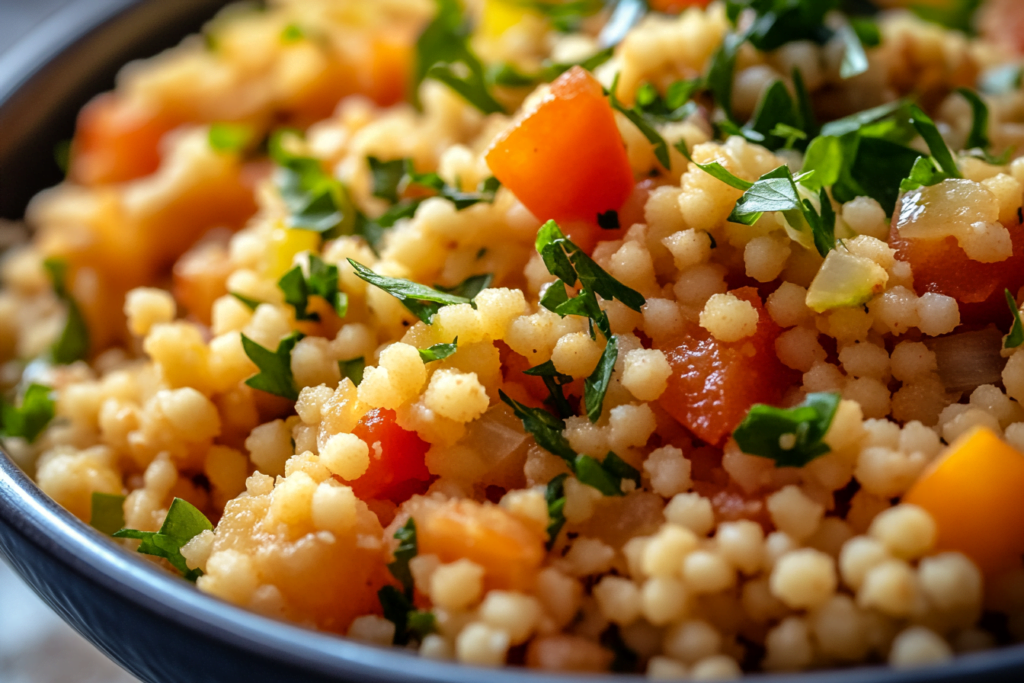
Moroccan couscous is the most common and widely recognized variety. It’s made from the smallest granules of semolina, resulting in a light and fluffy texture. This type of cous-cous cooks quickly, often in just a few minutes, making it a convenient option for busy cooks. Moroccan cous-cous is traditionally served with a rich stew of vegetables, meats, and spices, allowing it to absorb the flavors of the dish. Its versatility also makes it a great base for salads and side dishes.
Lebanese Couscous (Moghrabieh)
Lebanese cous-cous, or moghrabieh, is the largest of the these types, with granules about the size of small peas. This variety has a hearty, chewy texture and cooks well in stews and soups. It requires a longer cooking time, which allows it to absorb the flavors of the broth or sauce. In Lebanese cuisine, cooks often pair moghrabieh with chickpeas, chicken, or lamb, creating a comforting and satisfying meal.
Each type of this North African staple offers a unique culinary experience, allowing you to experiment with different textures and flavors in your cooking. Whether you’re drawn to the light and fluffy Moroccan cous-cous or the hearty Lebanese moghrabieh, there’s a type of couscous to suit every palate and occasion. As we continue, we’ll explore the nutritional benefits of cous-cous and how it fits into a balanced diet.
Nutritional Information
Couscous is not only a versatile and delicious addition to your meals, but it also offers a range of nutritional benefits. Understanding its nutritional profile can help you make informed choices about incorporating cous-cous into a balanced diet. Let’s take a closer look at what this North African staple has to offer.
Macronutrients
Couscous is primarily composed of carbohydrates, making it an excellent source of energy. A typical serving of couscous provides around 36 grams of carbohydrates, which can help fuel your day. It’s also relatively low in fat, with less than 1 gram per serving, making it a heart-healthy choice. Additionally, cous-cous contains about 6 grams of protein per serving, which contributes to muscle maintenance and repair.
Micronutrients
While this North African staple is not a significant source of vitamins and minerals, it does contain small amounts of essential nutrients. It provides some B vitamins, such as thiamine and niacin, which are important for energy metabolism. Cous-cous also contains trace amounts of minerals like selenium, which acts as an antioxidant, and magnesium, which supports muscle and nerve function.
Health Benefits and Considerations
Couscous can fit into a healthy diet, especially when you pair it with nutrient-rich ingredients like vegetables, lean proteins, and healthy fats. Its low-fat content and moderate protein levels make it a suitable option for anyone looking to maintain a balanced diet. However, you should note that semolina makes up couscous, which contains gluten. Therefore, individuals with celiac disease or gluten sensitivity may need to avoid it.
For those seeking a gluten-free alternative, you can use quinoa or rice instead of couscous. These options provide similar textures and easily incorporate into recipes that call for couscous.
Incorporating cous-cous into your meals can add variety and texture while providing a source of energy and essential nutrients. Whether you’re enjoying it as a side dish or the main event, cous-cous can be a delicious and nutritious addition to your culinary repertoire. As we move forward, we’ll explore the best methods for cooking cous-cous to perfection.
Cooking Couscous
Cooking couscous is a straightforward process, but there are a few tips and tricks to ensure you achieve the perfect texture and flavor. Whether you’re preparing Moroccan cous-cous or Lebanese moghrabieh, mastering the cooking method will elevate your dishes. Let’s dive into the essential steps for cooking cous-cous and some ways to enhance its flavor.
Basic Cooking Method
The basic method for cooking couscous is simple and quick. Here’s how to do it:
- Measure the Couscous: Start by measuring out the desired amount of couscous. A typical serving size is about 1 cup of dry cous-cous, which will yield approximately 2 cups when cooked.
- Boil Water: In a saucepan, bring water to a boil. The general rule of thumb is to use a 1:1 ratio of couscous to water for Moroccan couscous.
- Add Couscous: Once the water is boiling, remove the saucepan from heat and stir in the couscous. Cover the pot with a lid and let it sit for about 5 minutes. This allows the cous-cous to absorb the water and steam.
- Fluff with a Fork: After the resting period, use a fork to fluff the cous-cous gently. This helps separate the grains and gives it a light, airy texture.
- Season to Taste: At this point, you can add salt, olive oil, or herbs to enhance the flavor. A drizzle of olive oil can help prevent the cous-cous from sticking together.
Enhancing Flavor
While couscous is delicious on its own, there are many ways to elevate its taste:
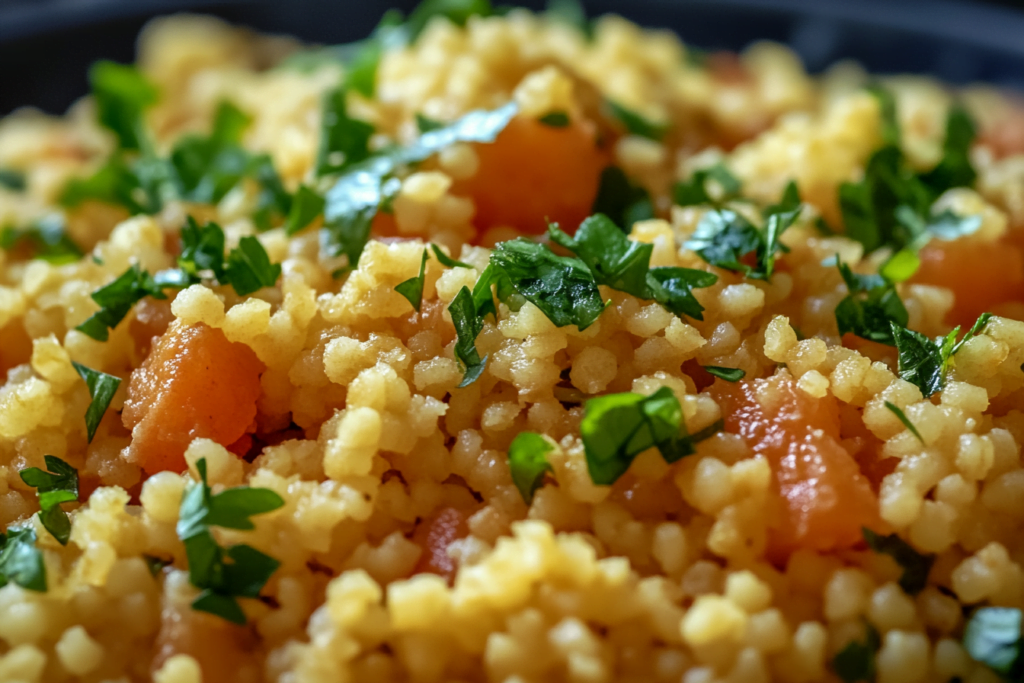
- Use Broth Instead of Water: For added flavor, consider cooking couscous in vegetable or chicken broth instead of plain water. This infuses the cous-cous with rich, savory notes.
- Add Aromatics: Sautéing onions, garlic, or spices like cumin and coriander in olive oil before adding the water can create a fragrant base for your cous-cous.
- Incorporate Vegetables: Mixing in steamed or roasted vegetables after cooking can add color, texture, and nutrients to your dish. Bell peppers, zucchini, and carrots work particularly well.
Common Mistakes to Avoid
To ensure your cous-cous turns out perfectly every time, keep these common mistakes in mind:
- Overcooking: Couscous cooks quickly, so be careful not to leave it on the heat for too long. Overcooked cous-cous can become mushy and lose its appealing texture.
- Under-seasoning: Couscous can be bland if not seasoned properly. Don’t forget to add salt and other flavorings to enhance its taste.
- Not Fluffing: Skipping the fluffing step can result in clumpy couscous. Always use a fork to separate the grains for the best texture.
With these tips in hand, you’re ready to cook cous-cous like a pro! Whether you’re serving it as a side dish or incorporating it into a main course, perfectly cooked couscous can be a delightful addition to your meals. Next, we’ll explore the culinary uses of cous-cous and how it fits into various dishes.
Couscous in Cuisine
Couscous acts as a culinary chameleon, seamlessly fitting into a variety of dishes and cuisines. Its versatility allows cooks to serve it in numerous ways, from traditional North African meals to modern salads and side dishes. Let’s explore the many culinary uses of couscous and how it can enhance your dining experience.
Traditional Dishes
In North African cuisine, couscous often takes center stage. Cooks traditionally serve it with a rich stew known as tagine, made with a variety of ingredients such as lamb, chicken, or vegetables. The couscous absorbs the flavorful broth, making each bite a delightful experience. Here are a few classic dishes that highlight couscous:
- Couscous with Lamb and Vegetables: This dish features tender lamb cooked with a medley of vegetables like carrots, zucchini, and chickpeas, all seasoned with aromatic spices. The cous-cous serves as a perfect base, soaking up the savory juices.
- Vegetable Couscous: This dish showcases seasonal vegetables and often features herbs and spices, making it a colorful and nutritious meal.
- Couscous Salad: A refreshing take on cous-cous, this salad typically includes ingredients like cherry tomatoes, cucumbers, bell peppers, and a zesty dressing. It’s perfect for picnics or as a light lunch.
Modern Uses
Couscous has transcended its traditional roots and found its way into contemporary cuisine. Chefs and home cooks alike are experimenting with this versatile ingredient, incorporating it into a wide range of dishes. Here are some modern uses for cous-cous:
- Couscous Bowls: Similar to grain bowls, you can customize couscous bowls with various toppings, such as grilled chicken, roasted vegetables, and a drizzle of tahini or yogurt sauce. This combination creates a satisfying and nutritious meal.
- Stuffed Peppers: You can use couscous as a filling for stuffed peppers, combining it with ingredients like black beans, corn, and spices. This dish not only looks visually appealing but also bursts with flavor.
- Couscous as a Side Dish: Instead of rice or pasta, serve couscous as a side dish alongside grilled meats or fish. Its ability to absorb flavors makes it a great accompaniment to a variety of main courses.
Pairing Couscous with Other Foods
Couscous pairs well with a wide range of ingredients, making it a versatile addition to your meals. Here are some ideas for pairing cous-cous:
- Proteins: Couscous complements grilled chicken, lamb, fish, and even plant-based proteins like chickpeas and lentils. The mild flavor of cous-cous allows it to enhance the taste of the protein without overpowering it.
- Vegetables: Almost any vegetable can be added to cous-cous, whether roasted, steamed, or sautéed. Seasonal vegetables like asparagus, spinach, and bell peppers work particularly well.
- Herbs and Spices: Fresh herbs like parsley, cilantro, and mint can brighten up cous-cous dishes, while spices such as cumin, coriander, and paprika add depth and warmth.
Couscous is a fantastic ingredient that can elevate your meals, whether you’re sticking to traditional recipes or venturing into modern culinary creations. Its adaptability and ability to absorb flavors make it a favorite among chefs and home cooks alike. Next, we’ll address an important question: Is cous-cous gluten-free?
Is Couscous Gluten-Free?
One common question that arises when discussing cous-cous is whether it is gluten-free. Understanding the gluten content in cous-cous is essential for those with dietary restrictions or sensitivities. Let’s explore this topic in detail.
Explanation of Gluten in Semolina
Couscous is primarily made from semolina flour, which is derived from durum wheat. Durum wheat is a type of wheat that is high in protein and gluten, making it ideal for pasta and couscous production. As a result, cous-cous contains gluten, which is a protein found in wheat, barley, and rye. This means that traditional couscous is not suitable for individuals with celiac disease or gluten intolerance.
Alternatives for Gluten-Free Diets
For those who need to avoid gluten, there are several alternatives to cous-cous that can provide a similar texture and culinary experience:
- Quinoa: Often hailed as a superfood, quinoa is a gluten-free grain that is high in protein and fiber. It has a slightly nutty flavor and a fluffy texture, making it a great substitute for cous-cous in salads and side dishes.
- Rice: You can use both white and brown rice as a base for dishes that typically feature couscous. Rice naturally remains gluten-free and absorbs flavors in similar ways to couscous.
- Cauliflower Rice: For a low-carb option, cauliflower rice has gained popularity as a gluten-free alternative. It’s made by grating cauliflower into small pieces, resembling rice or cous-cous. This option is particularly appealing for those following a ketogenic or low-carb diet.
- Gluten-Free Couscous: Some brands offer gluten-free cous-cous made from alternative grains like corn or rice. These products can provide a similar texture to traditional cous-cous while being safe for those with gluten sensitivities.
Conclusion on Gluten Content
Understanding Gluten in Couscous
In summary, traditional cous-cous is not gluten-free due to its semolina flour content. This means that individuals with celiac disease or gluten sensitivities should be cautious when incorporating couscous into their diets. The presence of gluten can lead to adverse reactions for those who are sensitive to it, making it essential to be aware of what you’re consuming.
Delicious Alternatives
However, there are plenty of delicious alternatives available for those who need to avoid gluten. Options like quinoa, rice, and gluten-free couscous made from alternative grains allow you to enjoy similar textures and flavors without compromising your dietary needs. These substitutes can be easily incorporated into a variety of dishes, providing versatility in your cooking.
Enjoying Couscous-Inspired Dishes
By exploring these alternatives, you can still savor the delightful essence of couscous-inspired dishes. Whether you’re preparing a hearty salad, a comforting bowl, or a flavorful side, these substitutes can provide the same satisfaction that traditional couscous offers. Embracing these options allows you to enjoy meals that are both delicious and aligned with your dietary preferences.
Moving Forward
As we move forward, let’s delve into a personal experience with couscous, highlighting its role in my culinary journey and how it has enriched my meals. This exploration will showcase the cultural significance and creative possibilities that this ingredient brings to the table.
Personal Experience
My First Experience with Cous-cous
Couscous has played a delightful role in my culinary journey, transforming simple meals into memorable experiences. I still remember the first time I tried making this dish from scratch. It was a chilly evening, and I was craving something warm and comforting. I decided to experiment with a traditional Moroccan recipe that my grandmother had passed down to me.
As I prepared the couscous, I was amazed at how easy it was to cook. I measured out the semolina, added water, and let it steam. The aroma of the simmering spices filled my kitchen, transporting me to the bustling markets of Marrakech. I paired the fluffy grains with a rich lamb tagine, loaded with tender vegetables and fragrant spices. The first bite was pure bliss—the couscous soaked up the savory sauce, creating a perfect harmony of flavors.
Couscous in My Kitchen Today
Since that day, this versatile ingredient has become a staple in my kitchen. I can whip up a quick couscous salad for lunch or serve it as a side dish with grilled chicken for dinner. I’ve even experimented with different types, which adds a delightful chewiness to my dishes.
One of my favorite creations is a Mediterranean couscous bowl, where I toss cooked couscous with cherry tomatoes, cucumbers, olives, and feta cheese, drizzled with a lemon vinaigrette. It’s refreshing, colorful, and perfect for summer picnics.
Couscous has not only enriched my meals but also brought friends and family together. I often host dinner parties where this dish takes center stage, allowing everyone to share in the experience of enjoying it. It’s amazing how a simple ingredient can create such a sense of community and connection.
In my culinary adventures, couscous has proven to be more than just food; it’s a bridge to culture, tradition, and creativity. I encourage everyone to explore the world of this delightful ingredient and discover the joy it can bring to your kitchen. Now, let’s move on to the frequently asked questions about couscous, addressing some common queries that many people have.
FAQs
As we explore the world of cous-cous, several questions often arise. Here, we’ll address some of the most frequently asked questions about cous-cous, providing clarity and insights for both new and seasoned cooks.
Is couscous a grain or pasta?
Couscous is often mistaken for a grain, but it is actually a type of pasta made from semolina flour. The process of making couscous involves rolling semolina with water to form small granules, which are then steamed. This unique preparation gives couscous its distinct texture and allows it to absorb flavors from accompanying dishes, making it a versatile ingredient in various cuisines.
How is couscous different from quinoa?
While both couscous and quinoa are popular in salads and side dishes, they differ significantly in their composition and nutritional profiles. Couscous is made from durum wheat and contains gluten, whereas quinoa is a gluten-free seed that is high in protein and fiber. Quinoa has a slightly nuttier flavor and a unique texture, making it a great alternative for those with gluten sensitivities. Additionally, quinoa is considered a complete protein, containing all nine essential amino acids, while couscous is lower in protein.
Can couscous be made from other grains?
Yes, couscous can be made from various grains besides durum wheat. Some brands offer gluten-free couscous made from alternative grains like corn, rice, or even chickpeas. These options provide a similar texture to traditional couscous while catering to those with dietary restrictions. Additionally, you can experiment with different grains, such as farro or barley, to create unique dishes that mimic the texture of couscous.
How long does cooked couscous last in the fridge?
Cooked couscous can be stored in the refrigerator for about 3 to 5 days. To keep it fresh, store it in an airtight container. If you notice any off smells or changes in texture, it’s best to discard it. You can also freeze cooked couscous for longer storage; just make sure to cool it completely before placing it in a freezer-safe container. It can last up to 3 months in the freezer.
Can I reheat couscous?
Absolutely! Reheating couscous is easy. You can use the microwave or stovetop. If using the microwave, add a splash of water to prevent it from drying out, and cover it to steam while reheating. On the stovetop, add a little water or broth to a pan and heat it gently, stirring until warmed through. This will help restore its fluffy texture.
These FAQs provide valuable insights into couscous, helping you navigate its culinary uses and address common concerns. As we wrap up this exploration of couscous, let’s move on to the conclusion, where we’ll summarize the key points discussed throughout the article.
Conclusion
Couscous is a remarkable ingredient that has captured the hearts and palates of food lovers around the world. From its humble beginnings as a staple in North African cuisine to its modern adaptations in various culinary traditions, couscous offers a delightful blend of texture, flavor, and versatility.
Exploring the Ingredients and Varieties
In this article, we explored what cous-cous is made of, highlighting its primary ingredients—semolina flour and water—and the optional enhancements that can elevate its taste. We also delved into the different types of cous-cous, including Moroccan and Lebanese varieties, each bringing its unique characteristics to the table.
Nutritional Benefits and Cooking Tips
Understanding the nutritional profile of cous-cous reveals its benefits as a source of energy and its role in a balanced diet, while also noting its gluten content for those with dietary restrictions. We shared practical cooking methods and tips to ensure your couscous turns out perfectly every time, along with creative ways to incorporate it into your meals.
Couscous in Cultural Experiences
Through personal experiences, we saw how couscous can bring people together, creating memorable dining experiences that celebrate culture and tradition. The FAQs section addressed common queries, providing clarity on couscous’s nature, its differences from other grains, and practical storage tips.
Embrace the Versatility of Couscous
As you embark on your culinary journey with cous-cous, remember that it’s not just a dish; it’s an opportunity to explore flavors, experiment with ingredients, and connect with others. Whether you prepare a traditional Moroccan tagine or a modern couscous salad, this versatile ingredient is sure to delight your taste buds and enrich your meals. So, grab some cous-cous, get creative in the kitchen, and enjoy the wonderful world of this beloved staple!
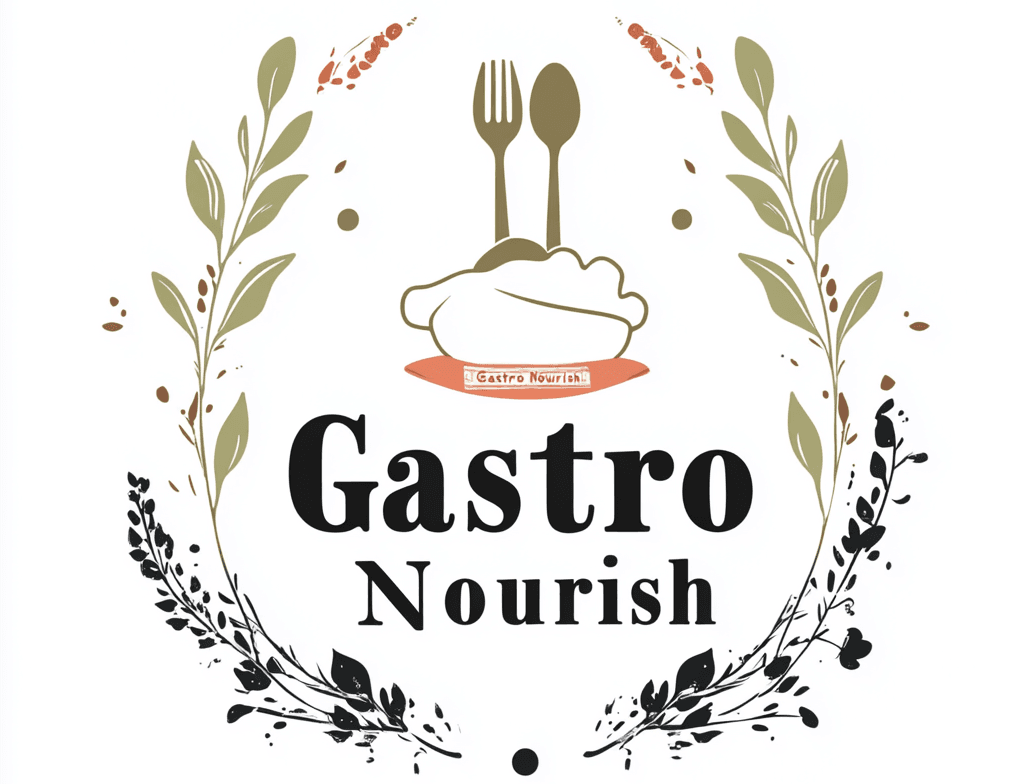
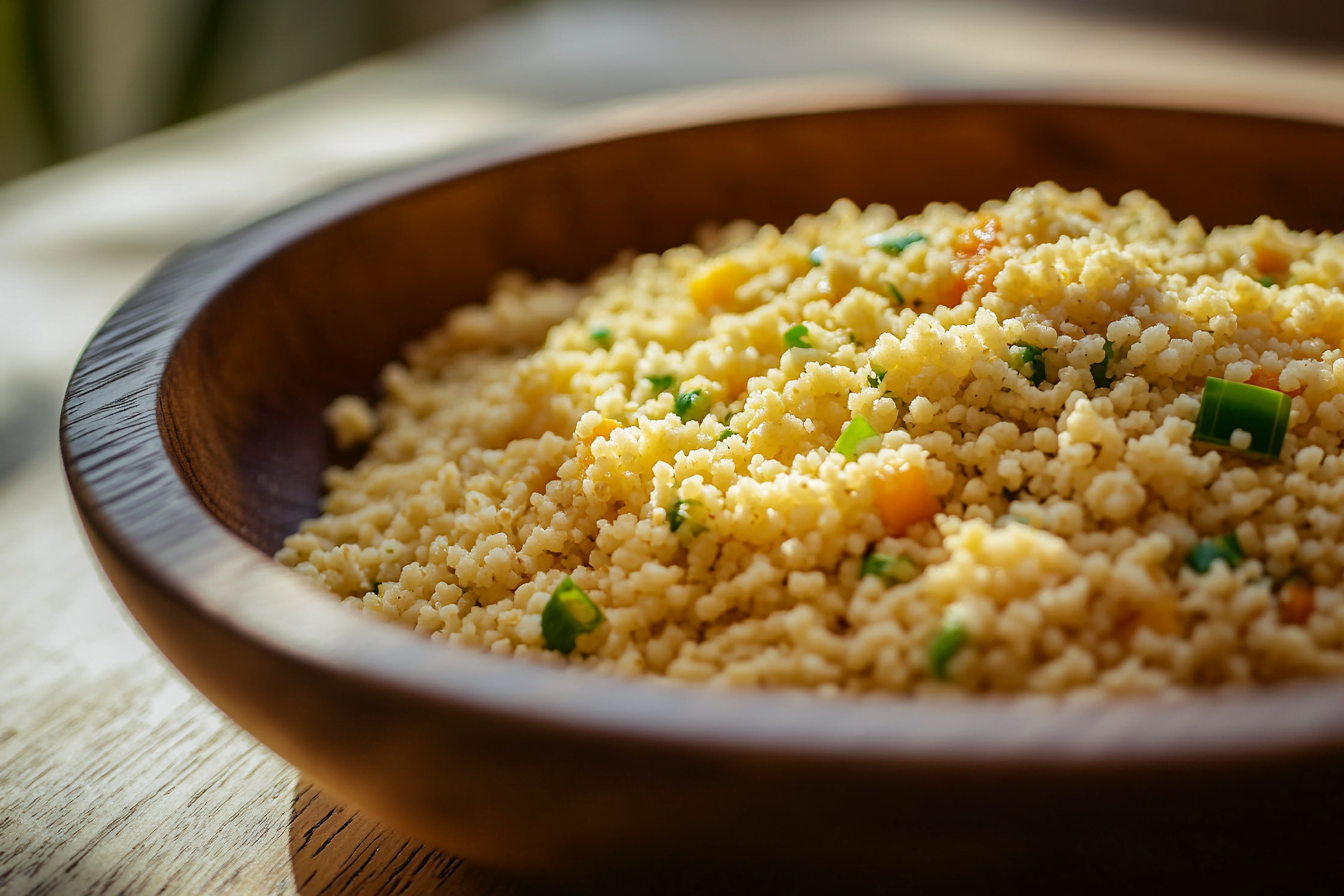
3 thoughts on “What is Couscous Made Of?”